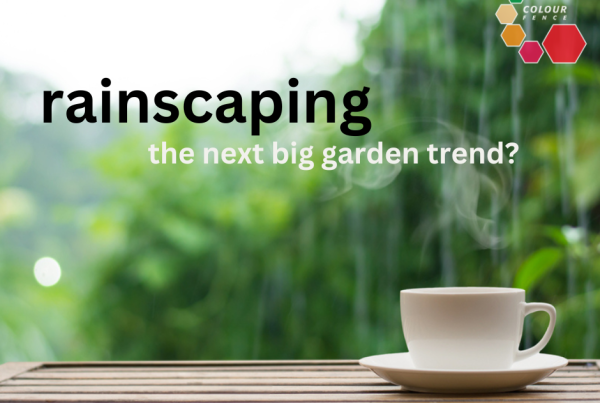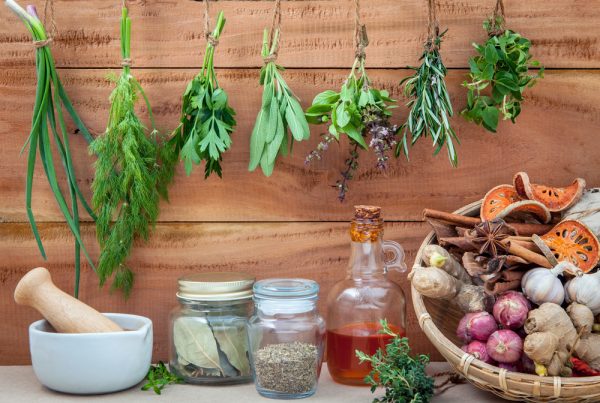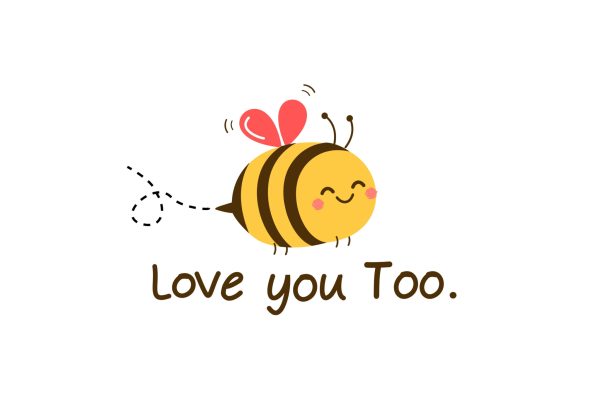Creating a compost heap is another step to helping minimize your carbon footprint. Whilst most local authorities collect green waste and food items these days, it doesn’t come without energy usage. To collect and process your garden trimmings and food scraps takes a truck to collect it and a processing plant to process it at the other end. That’s lots of energy that you could save by making your own compost heap. Plus you then get the added benefit of having lots of lovely fertile earth to feed your garden with.
So how do you make a compost heap? What can you put in it and how long does it take to break down? Read on for our quick guide to composting at home.

Step 1: Making your Compost bin
Find a bin that is around waist high and preferably with a lid. This way you will be able to contain your compost and not have to worry about funny smells that may emerge when your materials start to break down. All good garden centres sell these or there are plenty to be found online like this one from The Range .
Choose a location that gets a reasonable amount of sun and is in a spot you are happy with. Moving it later might prove difficult. Place your bin on bare soil or grass in a place that you can easily get to.
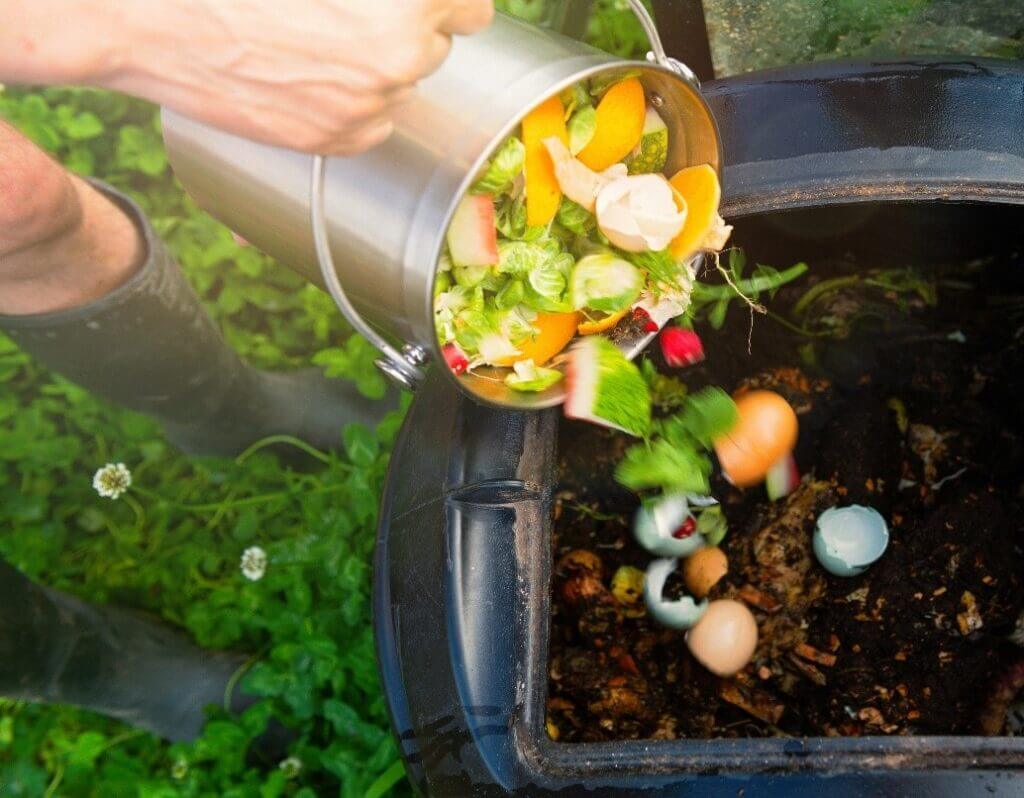
Step 2: Filling your Compost Bin
The best compost bins have a mix of both green and brown materials. Having this combination helps the contents break down quicker and produce nutrients, like nitrogen and potassium, that will be food for your garden later on. Good examples of these are:
Green
Fruit and vegetable scraps
Weeds
Leaves, twigs and lawn cuttings
Used tea bags and coffee grounds
Brown:
Eggshells
Toilet rolls
Egg cartons
Paper including junk mail – remove any plastic windows or staples
Hay and straw
The contents of your vacuum cleaner
What not to add:
Cooked Food
Raw meat and fish
Pet waste
Bread and dairy products
Anything made of glass, plastic or metal
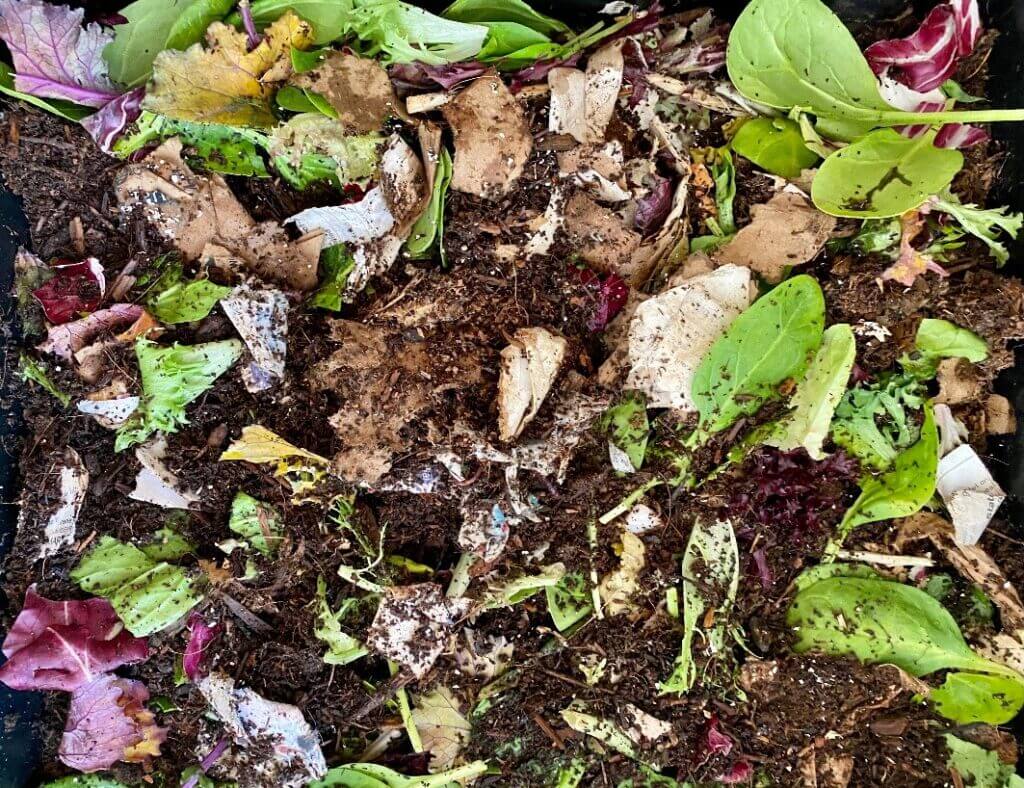
Step 3: Patience is Key
It will take around 12 months for most materials to break down to compost state and the older materials will break down first. Most compost bins will have an opening at the bottom so you can harvest your oldest compost. Don’t worry if it doesn’t look exactly like store bought compost. You may find little pieces of eggshells or some twigs still partly whole but that’s ok, this is the beauty of homemade. Just pick out any large pieces and throw them back in your compost bin.

Step 4: Using your Compost!
So now we can enjoy the fruits of our labour. You know it’s ready when it resembles soil and has a wonderful earthy smell. There are a few ways you can use your newly matured compost
- Mix in with regular soil in your garden beds to add a nutrient boost for plants
- Sprinkle around the top of your container pots. Watering will take the nutrients down to the roots of existing plants
- Mix with sand in a 50:50 ratio and sprinkle over a mature lawn for a tasty boost for your grass
So there we have it. A quick guide to composting at home. We hope that’s helpful. If you try it do let us know!
Until next week
Jo @ ColourFence

